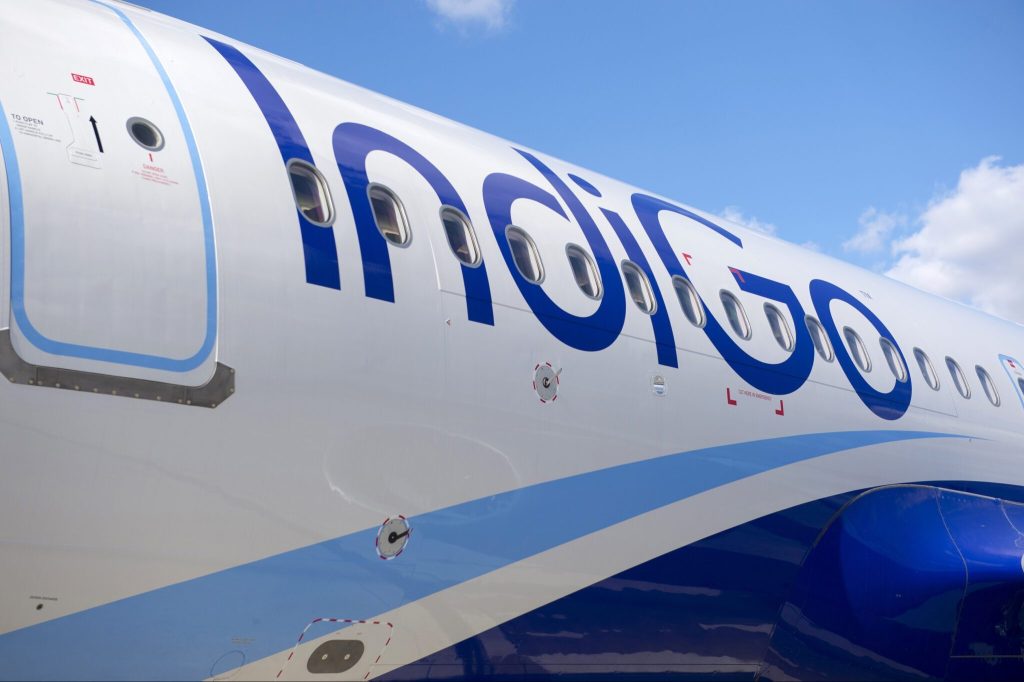
Pakistan’s announcement of airspace closure has forced Indian airlines to reroute international flights – most of them heading to Europe, North America, Middle East, and Central Asia.
The hardest hit in this may be the Central Asian countries, rising stars in India’s outbound travel market. IndiGo cancelled its Thursday flights to Almaty and Tashkent, while departures to Tbilisi and Baku were delayed. A Delhi-Baku flight that typically takes 3.5 hours stretched past 4.5 hours, while the Delhi-Tbilisi leg nearly doubled in duration to almost 7 hours.
While IndiGo has said in a note it is reviewing the situation it hasn’t announced any blanket cancellations for Friday.
“These are low-cost routes that can’t absorb a two-hour detour. Some of these routes might not survive,” an aviation analyst told Skift. “And it’s not just viability, airlines can’t hike up fares too much or they stand to lose passengers.”
This will directly hit tourism to countries like Azerbaijan, Kazakhstan, and Georgia that have been investing in Indian tourists. An Agoda report in December had noted that Indians are exploring destinations like Azerbaijan and Georgia.
Earlier this month, Booking.com also told Skift that destinations like Azerbaijan with easier entry rules and attractive pricing are gaining popularity among price conscious Indian travelers, who mostly opt for last-minute bookings.
Flights to Europe and North America
Flights to Europe and North America, particularly from Delhi, are now flying longer routes that avoid Pakistani airspace entirely. This has meant either extended flight durations or technical stops to refuel, disrupting schedules and customer expectations. “North America becomes a little tricky with the detour,” explained a pilot from an Indian carrier. “You either bump off passengers to carry more fuel or you make a tech stop.”
A “tech stop” is a scheduled stopover made by an aircraft for operational reasons, such as refueling, maintenance, or crew changes. Passengers and cargo are not loaded or unloaded during the process.
Data from Flightradar shows Friday’s Air India flights from Delhi to New York’s John F. Kennedy International Airport making a fuel stop in Vienna with a delay of almost four hours.
“U.S. East Coast flights that rely on Pakistani airspace will be affected. Without that, it’s major detours. Pacific routes, like San Francisco from Bengaluru or Delhi, can continue, but New York, Chicago will pose huge operational strain,” the analyst said.
While this isn’t a first for the Indian carriers, the disruption is significant and comes with added costs and logistical headaches. It involves rescheduling slots, adding flight time, ensuring connections still work, and also figuring out flight duty limitations for crew and pilots.
“Air India’s entire ‘Via’ campaign that promotes faster connections between the UK, Europe, Australia, and Southeast Asia via India is under stress, because now inbound passengers might miss onward flights,” the analyst said.
The Domino Effect
The closure doesn’t just affect the headline routes. As Ellis Taylor, Dashboard Editor for Cirium Asia, explains, rerouting means longer flying times, additional fuel carriage, and potentially a cascading impact on domestic and secondary international routes. “We are already seeing some airlines having to reroute. This means having to carry additional fuel, longer transit times and therefore an impact on schedules, not only for the routes to the north and west of India, but secondary impacts on other routes as well,” he said.
Flights from Delhi are taking a particularly hard hit compared to Mumbai, which, being closer to the coast, offers more routing flexibility. For now, softer fuel prices may cushion some of the immediate cost shocks, according to Taylor. But should the closure extend beyond the current NOTAM deadline of May 24, the economics may not remain the same.
“My Thursday night flight from the Middle East to Delhi took 20 more minutes, that’s around 800 kilos of extra fuel. If you multiply that across daily operations, you’ve got a real financial strain,” the pilot said.
A Chance for Other Carriers to Gain Ground?
One of the looming questions is whether this disruption could shift the competitive landscape, especially to the advantage of Middle Eastern carriers that already dominate global hub-and-spoke travel models.
Taylor, however, believes the competitive impact will hinge on the duration of the closure. “If it is a short-term measure, it would not have a great impact as airlines have already sold many of the seats. Even with the need for diversions, Indian carriers that operate nonstop on long-haul routes will still have the advantage.”
Though some passengers may opt for quicker, indirect flights through hubs like Dubai or Doha, the full impact may remain muted unless the closure extends for several weeks or more.
Yet the shift in passenger behavior is not out of the question. If delays become normalized, convenience and pricing could tip the scales in favor of foreign carriers.
Greater Impact on Tourism
Historically, airspace closures have led to Indian carriers losing money. However, Taylor pointed out that past closures of Pakistani airspace, even those lasting several months, haven’t altered the dynamics of aviation in South Asia. “India’s passenger growth overall remains strong, and this event is more likely to be a speed bump than a hard barrier to that growth,” he said.
However, what’s worse is the larger uncertainty. If tensions between the countries escalate, tourists may just avoid the region altogether. “Airlines can maybe adjust, but the wider travel ecosystem – hotels, tour operators and destinations – will take a hit,” the analyst said.
Airlines Sector Stock Index Performance Year-to-Date
What am I looking at? The performance of airline sector stocks within the ST200. The index includes companies publicly traded across global markets including network carriers, low-cost carriers, and other related companies.
The Skift Travel 200 (ST200) combines the financial performance of nearly 200 travel companies worth more than a trillion dollars into a single number. See more airlines sector financial performance.
Read the full methodology behind the Skift Travel 200.
The travel industry’s top event comes to Bangkok.
May 14-15, 2025 – BANGKOK



